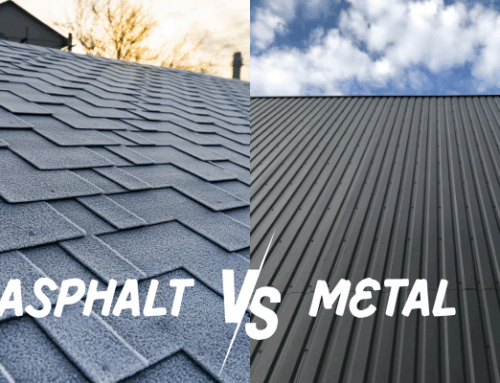A roof should be protected because it is a significant investment. This is where a roof warranty comes in. However, not all warranties have been made equal. Although materials and workmanship warranties are usually available, some may have restrictions that leave you vulnerable when you need coverage the most. Understanding various roof warranties, their coverage limitations, and how to maintain them will help you avoid unpredictable costs and unnecessary discomfort in the future. To give you the best long-term protection for your home, we will go with you here on all roof warranties.
We’ll outline the different kinds of roof warranties and what they cover to help you make informed decisions and ensure many years of peace at home.
Warranties on Type of Roof
There are 3 Forms of Roof Warranties — Manufacturer Warranties, Warranties of Workmanship, and Extended Warranties. They all have different roles and provide different levels of coverage.
a) Manufacturer Warranty (Protects the Material)
- Manufacture Warranty: The warranty that covers roofing materials (example- shingles, tiles, metal panels) against defects.
- The manufacturer will supply new materials if there is a defect in the source materials at the factory
- Usually these are good for either 10 to 15 years or even up to 50 years depending on the material and make.
Limitations:
- It is not for extreme weather damage, incorrect maintenance, or other changes to the roof.
b) The Workmanship Warranty (Installation)
- Provided to the customer by the roofing contractor, ensuring proper installation.
- This will cover all errors in the workmanship, like poor flashing and wrong alignment, or improper sealing.
- Normal lifetime: 2-10 years depending on the contractor.
Limitations:
- Do not validate material defects.
- May not protect against loss caused by non-standard maintenance or weather events or modifications made by the owner.
c) Extended (Full System) Warranty
- Many manufacturers extend warranties to include material or labor if you have it installed by a certified professional.
- Highest warranties provide the most protection, usually covering leaks, wind uplift, and full replacement.
Limitations:
- Sometimes add-on cost and very particular setup.
- The maintenance guidelines that homeowners must follow to keep the warranty.
These are some things that will void your roof warranty
These are the top mistakes you should avoid.
A) The Wrong Installation
- Most manufacturers require that their products must be installed by a licensed contractor.
- Taking on the installation yourself or hiring an unqualified roofer will void the warranty.
b) Ventilation Problems
- Improper ventilation can create moisture in your attic, leading to molds, and throwing shingles right off.
c) Application of New Shingles Over Old Shingles
- There are some homeowners that choose to install new shingles on their roof, which can lead to heat build up and an earlier failure.
- Normally a full tear-off for any new roof is required under the most manufacturer warranties.
d) Roofing material that is not included in the Approval List
- Using roofing materials from other brands (e.g. shingle, underlayment, or flashing) with mixed types may void the full-system warranty.
- Adhere to the approved product list of the manufacturer.
e) Roof Alterations (Solar Monitors, Skylights, etc.)
- Installing skylights, solar panels, or satellite dishes incorrectly will strip the damages off some roofing materials.
f) No planned Care & Maintenance
- Homeowner must do routine inspection and maintenance, like a cleaning of the gutter or clearing of debris.
- Unmaintained roof leads to leaks and void warranty.
How to Keep Your Roof Warranty
Check out the following critical steps to make sure your warranty stays valid:
- Hire a Pro — Always go with manufacturer approved or certified contractors for installation.
- Get the Roofs Inspected at least once per year — Professional inspections can catch things before they get out of hand.
- Documentation of Maintenance & Repairs — Keep receipts, of course and all written work performed as well as inspections.
- Do Repairs Right Away — Fix little leaks or damages right away so they don’t grow into something huge.
- Follow Manufacturer’s Recommended Actions — Only use approved materials, and execute maintenance as suggested.
Conclusion
Roof warranty (is it worth it or is it just a waste of money)?
A standard manufacturer’s roof warranty usually incorporates defects in material or workmanship, while a workmanship warranty avoids issues arising from improper installation. By ensuring a well-maintained roof that lasts longer and even you can qualify for warranty compensation, a longer way can be set by being aware and active to pay attention to small details. It not only helps you in the safety of your home, but also protects your investment for the coming years.






